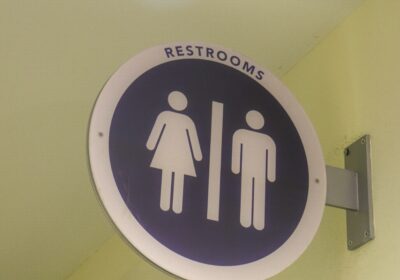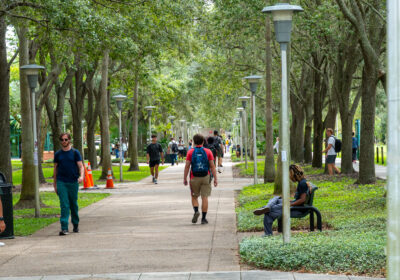Universities need to adjust for changing definition of student

SPECIAL TO THE ORACLE
The number of “nontraditional students” enrolled in college courses is on the rise, accounting for approximately 40 percent of all undergraduate and graduate students, according to the National Center for Education Statistics.
“Nontraditional” students are defined as those students only enrolled part-time, those over the age of twenty-four and those filing as independent on their tax returns. As these numbers rise and are expected to continue to rise, it stands to reason that the student population today is redefining the standard for “traditional” and “nontraditional” students, and perhaps eventually reversing the application of the terms.
The media represents the typical college undergraduate as a freshly-graduated high school student leaving home, college-bound, to live on campus. However, this ideal is no longer feasible or realistic in today’s economy as more and more students find themselves in need of employment to sustain the cost of living and increasing tuition costs.
According to the College Board, the average cost of tuition and fees in addition to room and board for the 2016-17 academic year was $20,090 for in-state students and $35,370 for out-of-state students.
With a current federal minimum wage of $7.25 per hour, or $15,080.00 annually, the statistics are hardly surprising.
A study by Georgetown University’s Center on Education and the Workforce reports that over the past 25 years, more than 70 percent of college students need to work to earn a paycheck, while 25 percent of students are both employed full-time and studying full-time. Contrary to popular belief, 15 percent of students attend four-year colleges and live on campus.
Upon enrolling for their courses, it’s assumed students knowingly undertake their duty to satisfy their academic requirements. However, the figures support that the new “typical” college student is older and has work obligations to balance in conjunction with their academic responsibilities. This results in sometimes conflicting simultaneous demands on students in their roles as students, as well as employees and/or parents.
That being said, colleges and universities have a responsibility to accommodate the changing campus climate, ensuring that all students — including working students — can be successful and foster a supportive culture.
The first approach is to minimize students’ financial need to work by increasing tuition assistance and decreasing — or at least slowing the rate of growth — tuition and fees.
Another not-so-obvious suggestion is to make courses more accessible and convenient for the typical 9-5 employee. As it stands, colleges and universities don’t always offer online and/or evening or weekend courses, some courses having as little as one or two sections to choose from, putting substantial strain on a student’s schedule which may not necessarily fit the academic semester calendar.
There is no one-size-fits-all approach to higher education; thus, it’s important that colleges and universities understand the patterns and demographics of their students and the implications of those statistics.
Institutions should then adjust, as necessary, to meet the ever-changing and developing needs of their students, particularly where the prevalence of student employment and the cause of such a need, is concerned.
Recognizing that most college students will be employed while they are enrolled means institutions must examine and modify their semester and course schedule structure, and their procedures. Modifications will likely make a considerable difference for their students’ work, school, and home life.
Lucero Gutierrez is a junior majoring in mass communications.








